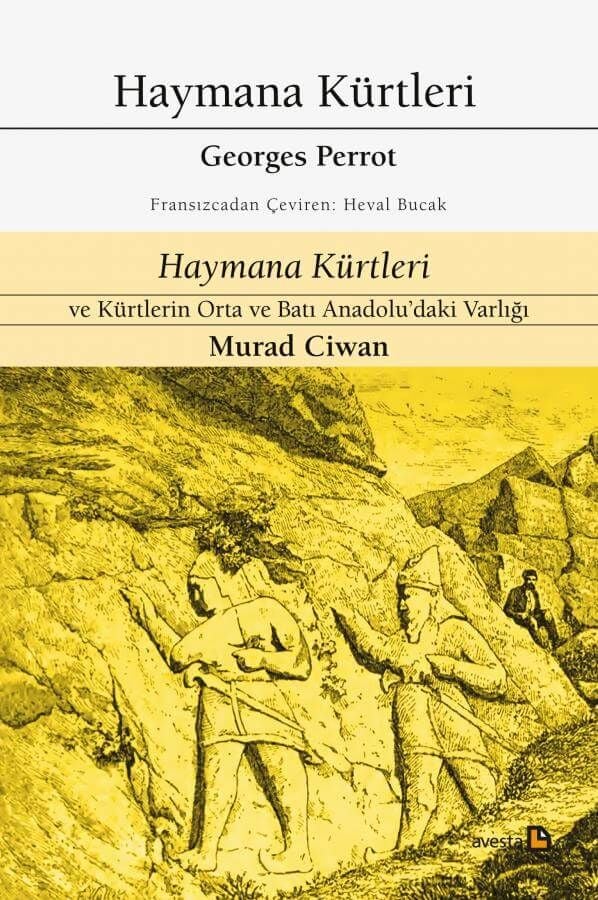
Haymana Kurds
In 1861, on behalf of the French ministry of education, archaeologist Georges Perrot went to Greece and Asia Minor (today's Western and Central Anatolia) for scientific and literary research, together with the architect Edmond Guillaume and the mission's doctor Jules Delbet. The results of these researches and investigations were published in France in 1872. He was the chairman of the delegation. During their trip, they also visited Angora (today's Ankara) and its surroundings. Although it was not in the tour program, while the delegation was examining the ruins of Gavur Castle, located between Angora and Haymana, close to Haymana, and the ancient reliefs engraved on a very high rock in front of the castle, Georges Perrot was attracted by the Kurds living in the surrounding villages. Leaving his friends in Angora, he went on a 12-day expedition among the Haymana Kurds with his bodyguard, who also served as his translator from time to time. He hosted the villagers, got to know them closely and compiled information about them. He wrote down the information he obtained from this trip and published it in the Revue des Deux Mondes in 1865 under the name "Les Kurdes de L'Haimaneh" (The Kurds of Haymana).
In the book, with the translation of this important article, Murad Ciwan's "Haymana Kurds"
and the Presence of Kurds in Central and Western Anatolia”.
| Publisher | : | Avesta Publications |
| Number of pages | : | 120 |
| Publication Year | : | 2021 |
| ISBN | : | 9786052246900 |
| The heart | : | Turkish |


